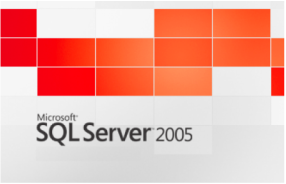Emojis: The picture of secure passwords?

Numbers or pictures? Smiley face or thumbs up? Hackers have learned to adapt to the ways that online users create their passwords. Using common words, phrases, and numerical strings is clearly not secure enough these days. Ideally, a strong password is totally random; however, the stronger the password the harder they are to remember. This often leads to a weak password or the replication of the same password for every login. Enter the emojis as an potential alternative. The beauty of an emoji password system is that the picture is translated into characters by the log-in system, and each emoji may be comprised of a number of characters resulting in a lengthy password. The addition of emojis to our passwords would make it visually easier for the user while adding knock-out security due to the large number of characters for hackers to decipher. http://www.marketwatch.com/story/the-new-password-emojis-2015-12-29 http://www.npr.org/sections/alltechconsidered/2015/06/15/414742418/e







